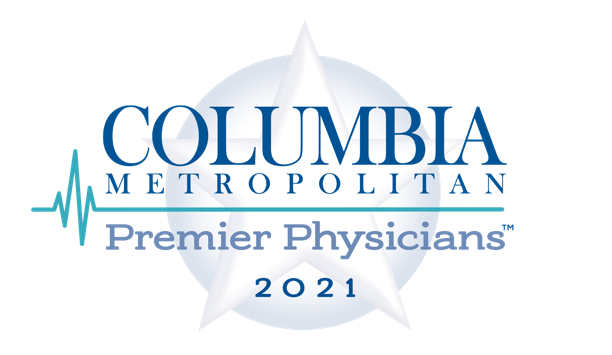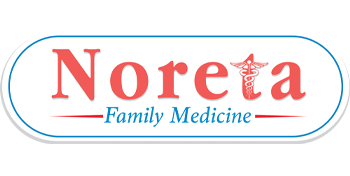Blood, Anemia, and Eating Newspaper
What’s in blood anyways?

- Red blood cells (RBC)– Are pictured above and are shaped like a cross between a frisbee and a doughnut. Why are they red? Iron. By the way, you may recall that iron is the reason Mars is called “The Red Planet.”
- Interesting fact: ALL of your RBCs are replaced every 3-4 months!
- RBCs contain a protein called hemoglobin (which contains the iron), which delivers oxygen to all of the body’s cells
- RBCs are flexible enough to fold in half to get through the smallest of blood vessels
- White blood cells (WBC) – There are 5 different types of WBCs which protect us from infection. Checking the number of WBCs via bloodwork can give me an idea if you have an infection or significant inflammation.
- Platelets – These small fragments act as plugs for any blood vessels that may be damaged and then bleed in the body. Platelets are the first on the scene when bleeding is noticed in order to “plug the hole.”
- Plasma – This liquid carries everything else – antibodies, hormones, waste products, etc.
Anemia is the most common blood disorder and is diagnosed when someone has low hemoglobin levels. Common symptoms of anemia include fatigue, shortness of breath, dizziness, and Pica–which causes people to crave non-nutritious things like cornstarch and newspaper. Many people assume that anemia comes from iron deficiency, but there are MANY other causes of anemia and I’d like to go over a few of the common ones (as well as give you a few hints!).
- Iron deficiency anemia – This is the most common cause of anemia, especially in women who are between puberty and menopause. Anything that causes a slow blood loss from the body (stomach ulcer, colon cancer, etc.) can lead to iron deficiency anemia.
- The way to treat this is easy — add iron (and figure out what is bleeding and stop it). However, iron can cause constipation and nausea.
- HINT: I recommend people take iron with vitamin C and orange juice to increase absorption of iron.
- Pregnancy – More blood volume is needed to support a pregnancy, so anemia is common. No treatment may be needed, or iron supplementation may be recommended.
- Vitamin B12 and folic acid (B9) deficiency – I often see this in patients who drink too much alcohol and in older patients who have a “tea and toast” diet.
- Again treatment is easy — add B12 and/or folate. Most people respond very well to oral B12, so our use of B12 injections has decreased in recent years. By the way, there have been no studies linking B12 injections to weight loss.
- Chronic diseases – Diseases such as chronic kidney disease, autoimmune diseases (like lupus and rheumatoid arthritis) among others can lead to anemia.
- The way to treat this is to treat the underlying chronic disease.
- Sickle cell anemia – Sickle cell anemia causes red blood cells to become less flexible and misshapen. They get stuck as they pass through blood vessels. This can cause severe pain (from decreased blood flow from vessels that are plugged up) and organ damage.
- Sickle cell is a genetic disease and there is no cure for it. However, there are treatments available to treat the symptoms.
To read more about anemia, you can CLICK HERE to read an article from familydoctor.org.
Have a good week! Feel free to contact me with any questions.
Melissa Boylan, MD, FAAFP
Family Physician and Owner of Noreta Family Medicine

